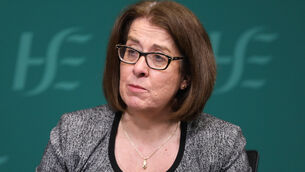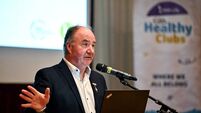Twins joined at head separated
Dr Houman Hemmati, who assisted in the surgery in Los Angeles, said the separation appeared to be successful.
“Everyone had goosebumps at the end of the procedure,” he said. “People were cheering, people were clapping, people were crying. It was more than optimistic, it was overjoyed and we can’t wait ’til we see these kids playing, laughing, crying like normal baby children,” he said.
Officials at Mattel Children’s Hospital at the University of California, said doctors were still in surgery, but Dr Hemmati said the separation was complete. “There was absolutely no major trouble that was unforeseen in this procedure,” he said. He said one of the girls was losing a lot of blood but she was given transfusions and “everything looks great.”
The surgery on Maria Teresa and Maria de Jesus Quiej-Alvarez began about six hours after they were wheeled into the operating
theatre. The girls, born in rural Guatemala, were attached at the top of the skull and face opposite directions. Cases like theirs occur in fewer than one in one million live births.
“Our goal is to get two twins walking out of here - maybe not walking, but crawling,” Dr Henry Kawamoto, a plastic and reconstructive surgeon at UCLA, said earlier. The riskiest part of the surgery was expected to be separating the veins that connect the girl’s heads.
“Once those areas are exposed, there has to be a disconnection of these two systems. The major issue is how are these two brains going to tolerate that,” UCLA neurosurgeon Itzhak Fried said.
If doctors cannot reroute the flow of blood to the brain of each twin, either could be at risk of stroke, he added. While the two share bone and blood vessels, their brains are not meshed. Physicians have performed cranial separations only five times in the past decade.
Not all twins have survived. Healing the Children, a nonprofit group, arranged to bring the sisters from Guatemala to Los Angeles for the $1.5m operation.












